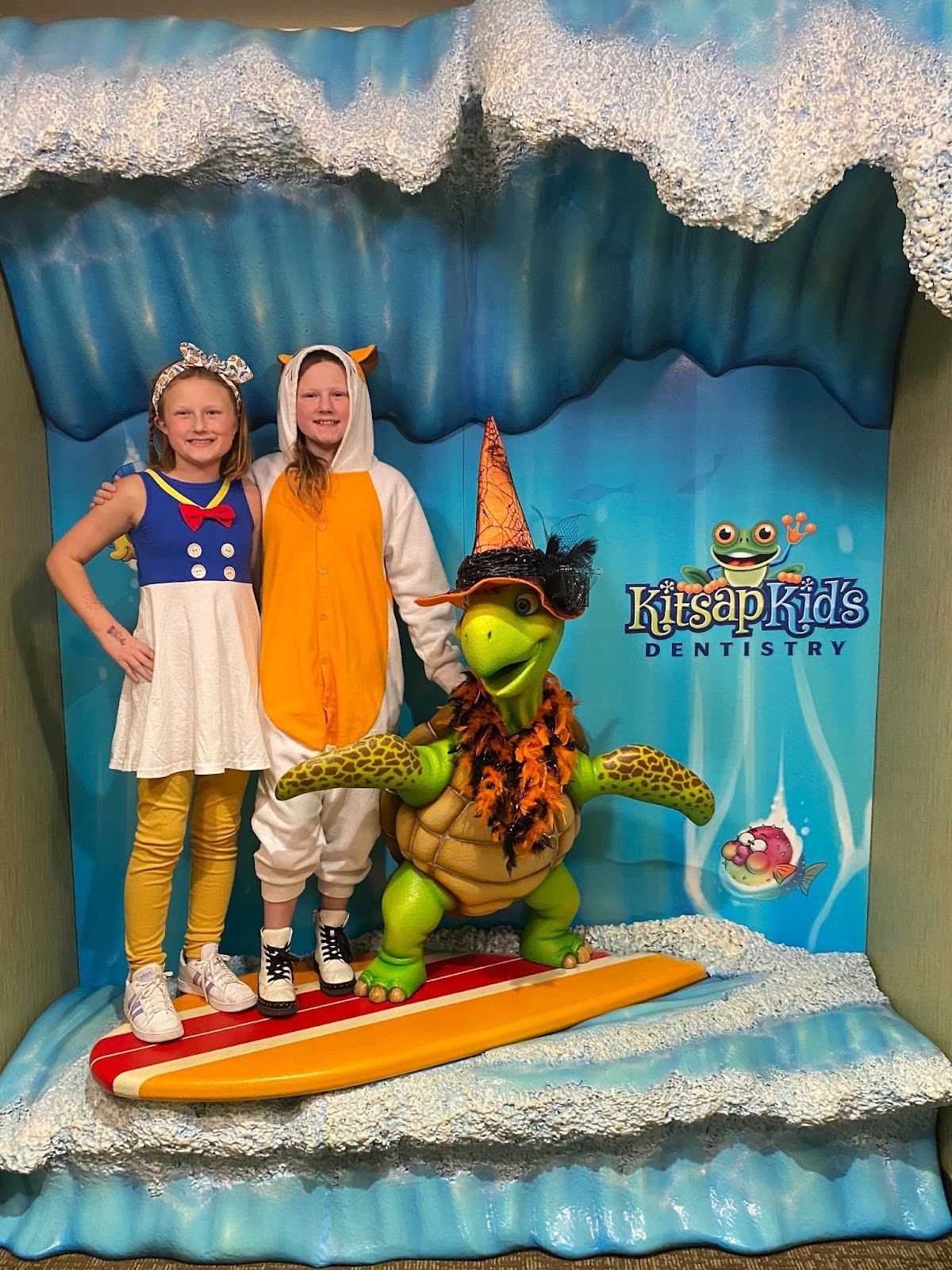Lessons from the business of Halloween 🎃
$10.6 BILLION. That's the estimate for total Halloween spending this year. It would be an all-time high, up from last year's previous record.
Have you ever been to a Spirit Halloween store? I’ve always been fascinated by the business model. They pop up seemingly overnight every August in abandoned retail spaces and defunct department stores and are gone just as quickly once Halloween comes and goes. They are also the subject of some hilarious memes:
This year was all about made-up Spirit costumes…
It’s not all fun and games, though – it’s also big business. This year, Spirit opened a record number of stores – 1,450 across the United States. In 2021 they hired 30,000 temporary staffers. It’s a huge and lucrative operation.
The Wave Report is all about the lessons we can learn from coming trends and waves of innovation, so my question, naturally, is what can we learn from the big business that is Halloween?
This week, a few headlines stood out to me:
How Spirit Halloween Became a Titan of the $10 Billion Halloween Industry: The Economics Of (WSJ YouTube Video)
The rise of Spirit Halloween (Business Insider)
Halloween Participation Returns to Pre-Pandemic Levels with Record Spending (NRF)
McDonald's Halloween Boo Buckets are selling for ridiculous amounts online (DailyHive)
Four lessons from the business of Halloween
There are a few takeaways that all leaders can learn from innovative business models and approaches to the business of Halloween.
Lesson #1: Exploit gaps in the market
The entire business of Spirit Halloween is based on turning what should be weakness into strength.
Have a product with limited appeal and only relevant a couple months a year? Leverage the pop-up retail model, but with a twist – do it at a massive scale and at a time of year, October, that has historically been slow for retail, turning a lull into a boom. "I didn't invent temporary sales," Spirit Halloween founder Joseph Marver told The Seattle Times in October 2000. "But I feel like I invented temporary Halloween."
💡Where do you have natural lulls in your business or nonprofit giving calendar? What can you do to turn that lull to your advantage? Create a special campaign, or even a fake holiday?Dealing with surges in space or staff capacity that you don’t need all the time? Leverage the retail apocalypse to get great deals on temporary real estate. In 2020, there were a record 12,200 store closings in the US, leaving an estimated 159 million square feet in vacant retail space as the pandemic decimated national businesses. Spirit’s business model directly leverages this trend, turning lemons into lemonade by securing great lease deals.
Spirit isn’t the only business that has inconsistent demands and surges in need for capacity and space – churches, sports teams, homeless shelters and so many other organizations have to be creative about temporary space and capacity needs. Heck, even office spaces in today’s hybrid-remote world – either everyone’s in the office, or no one is.
And it’s not just real estate. It’s capacity in general – staffing and technology needs included. Increasingly businesses realize there are creative, affordable ways to “staff up” without increasing full-time staff headcount.
💡 Think creatively about scaling up your capacity, whether physical space or specific talent or expertise. Do you really need that capacity on your books year-round?
For example, I have clients who hire me to facilitate their product development efforts, not because I’m going to build the product for them per se, or because they can’t do it themselves, but because there is a very specific skillset to get a product off the ground, and that is not necessarily needed once the product or program is up and running.
Lesson #2: Tap into nostalgia
This year McDonald’s re-released its happy meal “Boo Buckets,” unleashing a wave of nostalgia. These originally came out in 1986, and I have no doubt that the news hit millions of Americans instantly in the feels. 😉
Do you remember these??
Apparently this nostalgia play worked, because reports showed that people were selling these plastic buckets for as much as $50 each online.
How many movies today are based on nostalgia? For example: “'Hocus Pocus 2' conjures nostalgia, but does it recapture the magic?” (NPR)
💡How can you tap into the powerful emotion of nostalgia for your customers or donors?
Lesson #3: Turn seemingly irrelevant events into remarkable experiences.
The calendar is full of special days that most organizations gloss over. You might have even started reading this email, thinking “well of course Spirit Halloween leverages the holiday - that’s their entire business.”
But all it takes is a little imagination to turn an irrelevant holiday into a remarkable experience.
My daughters had a dentist appointment this week. Putting aside the question who goes to the dentist the week of Halloween?? The king of all candy-related holidays?? I felt for them.
Some dentist offices might think to use Halloween to extract candy from unsuspecting children... “Bring in your candy kids, and we’ll give you an extra toothbrush!”
But not Kitsap Kids Dentistry. They turned the holiday into a remarkable experience. Kids were encouraged to wear their costumes to the dentist. And any kid who wore a costume got an extra prize from the prize box.
These are some happy children (at the dentist’s office, mind you!).
Even the staff got in on the fun. My girls got their teeth cleaned by a witch and Stitch! They came home glowing. From the dentist office. I would call that a remarkable experience.
💡How can you turn a seemingly irrelevant date on on the calendar and incorporate a remarkable experience for your customers or donors? It’s amazing what one can do with a little imagination.
Lesson #4: Be willing to pivot
I think my favorite part of the Business Insider piece on Spirit Halloween was this bit:
Before Spirit became one of the most popular destinations for Halloween costumes and decor, the company got its start as a women's clothing store called Spirit Women's Discount Apparel.
As sales at this apparel store started to plummet, Marver told The Seattle Times he was inspired to transition to the Halloween business after watching throngs of customers line up to visit a costume shop across the street from his store.
"When the costume shop moved to a new location, Marver put his dresses in storage, loaded his own store with Halloween stuff and slapped a sign on the old costume shop," Catherine Trevison of The Seattle Times wrote. "It was the best October he ever had."The next year, he did it again with a temporary space in a nearby mall and sold $100,000 worth of merchandise in 30 days."
Wow. Who knew that Spirit Halloween started as a year-round women’s discount apparel business?
If the owner hadn’t been willing to pivot and experiment with a new trend he noticed, he may never have made it, and certainly wouldn’t be the behemoth they have become today.
💡Sometimes where you start isn’t where you end up. Observe the trends, look for bright spots, and be willing to experiment and pivot.
To recap:
Exploit gaps in the market, turning weakness into strength.
Tap into nostalgia, one of the most powerful emotions.
Turn irrelevant events into experiences, remarkable and memorable.
Be willing to pivot and experiment when you see trends and opportunities.
I hope this is helpful to you, even encouraging and inspiring.
Until next week… Surfs Up! 🌊
- Dave
About the Author | Dave Raley
Consultant, speaker, and writer Dave Raley is the founder of Imago Consulting, a firm that helps non-profits and businesses create profitable growth through sustainable innovation. He’s the author of a weekly trendspotting report called The Wave Report, and the co-founder of the Purpose & Profit Podcast — a show about the ideas at the intersection of nonprofit causes and for-profit brands.
Want to receive insights like this weekly?
Every Friday, we send out The Wave Report, highlighting one trend or insight “wave,” from donor and consumer trends to innovation in different industries or new models for growth.
Subscribe today to receive free weekly insights in your inbox here:




